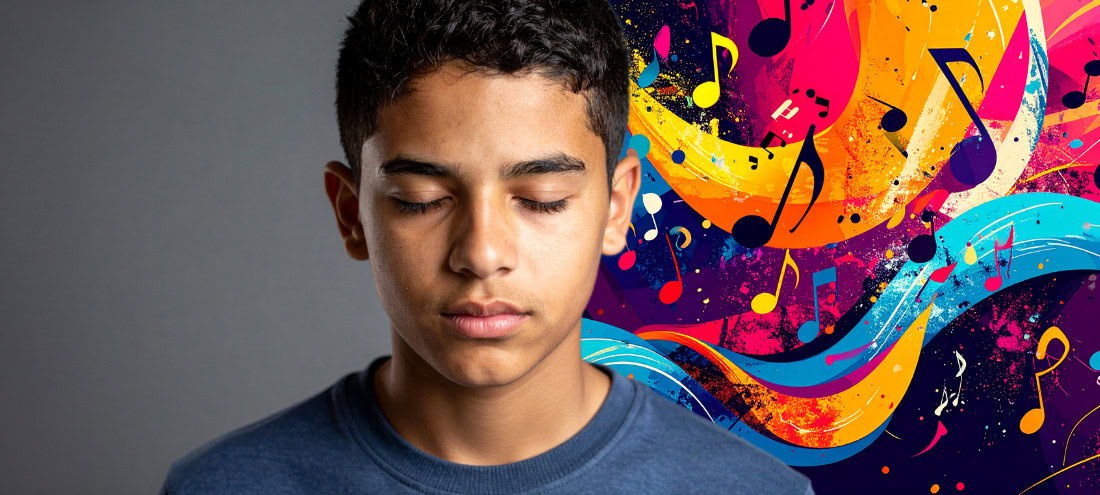As a content writer, writing alt text for images on social media is part of my daily routine. It’s essential for accessibility, but I’ll admit, it sometimes feels a bit dull.
Recently, during a visit to a school, we took a photo of a young boy talking joyfully about his love for music. Before the picture, he proudly told me his classmates called him “the magnet of dance.” That detail wasn’t visible in the photo, but it captured the spirit of the moment perfectly.
When it came time to write the alt text, I wanted to include that story because it brought the description to life. I wasn’t sure, though, if adding something not directly visible in the image was appropriate in alt text. But ultimately, including it felt like the right choice to better share the moment’s meaning.
Early on, I mostly relied on automated tools and simple descriptions. But after researching best practices and learning from the work of blind advocates and accessibility experts, such as Alice Wong of the Disability Visibility Project, the creative approach of Alt Text as Poetry by Shannon Finnegan and Bojana Coklyat, and guidance from accessibility consultant Adrian Roselli I realized alt text can do much more than describe what’s visible. It can share personality, context, and stories that make an image come alive.
Many people have been taught that alt text should be purely literal and objective. But these sources emphasize that alt text can be playful, personal, and creative, especially on social media where stories matter.
Projects like Alt Text as Poetry and advocates like Alice Wong encourage us to think about what the image is meant to convey, not just what it shows. If a small story, like the boy’s nickname, enriches the meaning, including it can make the alt text more engaging and inclusive.
At the same time, alt text should not simply repeat the story told elsewhere in the post. Instead, it should provide a clear, concise description of what’s visible, supporting the storytelling without overshadowing it.
If you want to write more human ALT text, here are some tips I’ve found helpful:
- Think beyond the visual: include context, mood, or story when relevant.
- Match the purpose: if your post shares a fun or personal story, your alt text can too—but keep it concise.
- Skip redundant phrases like “Image of…”, screen readers already announce images.
- Be concise but warm: a sentence or two is often enough, and it doesn’t need to be dry.
- Always describe any visible text in the image.
Alt text is more than a checklist item. It’s a bridge for connection and inclusion. When we write it thoughtfully, we invite everyone to experience the stories we share. Sometimes, the smallest details, like being the “magnet of dance, are the ones that stick with us the longest.
Have you tried writing alt text that goes beyond description? Share your thoughts or questions with us, we’re always learning.






